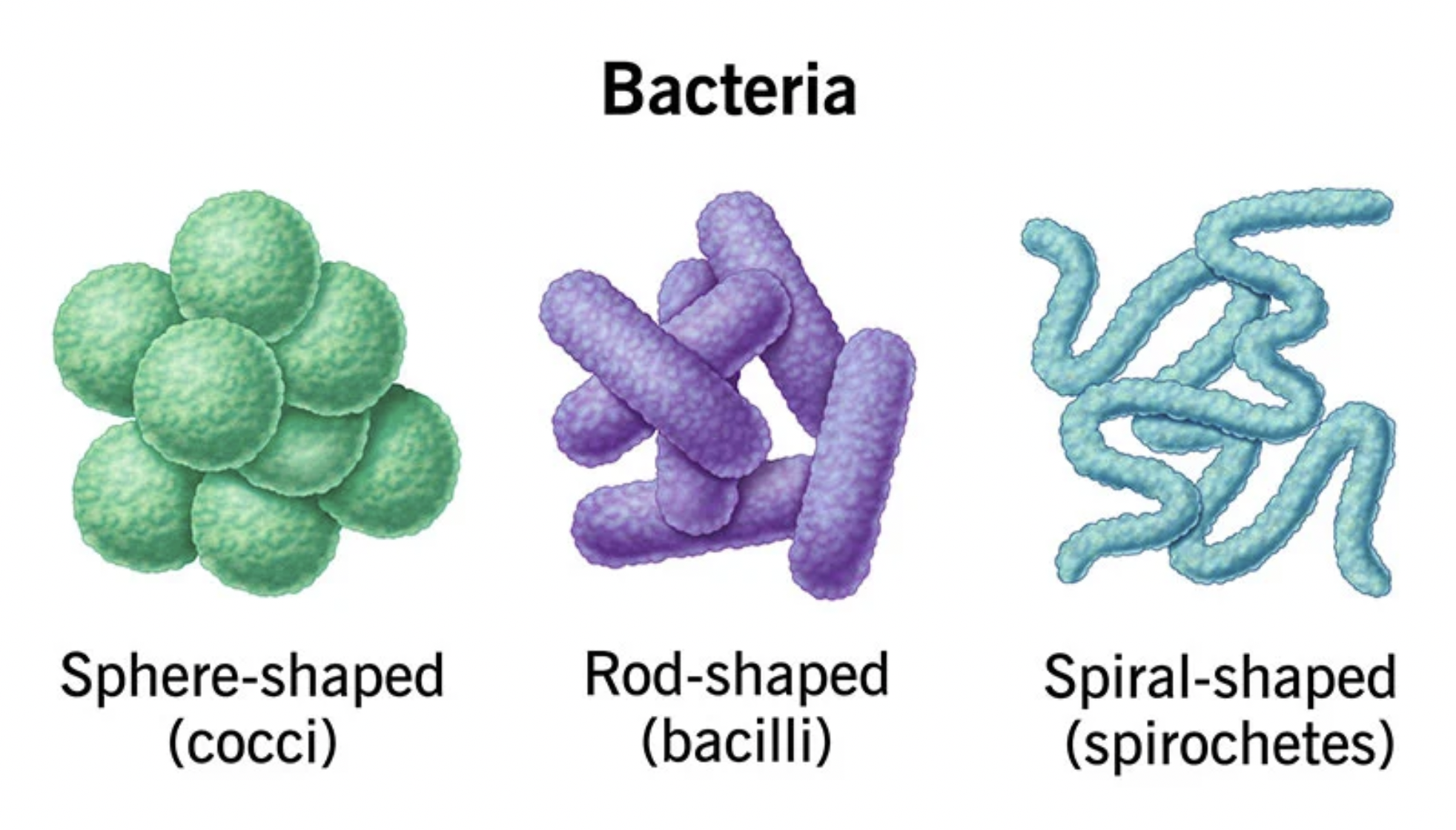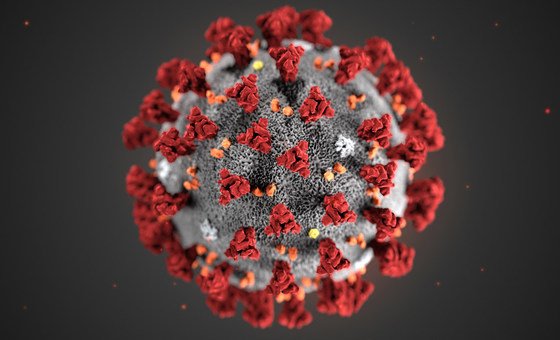Fighting Misconceptions: Viruses vs Bacteria
Written By: Arman Momeni
We have all experienced a sickness at least once in our lives; having a fever and lying in bed seems to be a universal experience. The two main causes of short-term illnesses are bacteria and viruses; however, they are completely different. Not only is their biological structure and function divergent, but the means of curing an illness can be drastically different based on what caused you to get sick. This article by Science ReWired will explain the key differences between viruses and bacteria.
Bacteria
Bacteria are microscopic (very small) living organisms that are composed of only one cell (whereas the human body pertains trillions of cells). There are millions of different types of bacteria, some completely safe, and others quite harmful. In fact, many bacteria are essential to keeping the human body functional and healthy.
Bacteria can be found all over the human body, ranging from your skin and mouth all the way to your reproductive system. Scientific estimates state that there are 10 times more bacterial cells inside of our bodies than there are human cells. Bacteria have many functions within the human body, such as absorbing nutrients, breaking down food, and acting as a defense against other harmful bacteria.
While a large portion of bacteria are harmless, there are certain bacteria that can make you very sick. These types of bacteria are pathogenic (causing disease to its host) and can reproduce quickly to infect our functional systems. Harmful pathogenic bacteria generally give off toxins that act as poison and can damage our internal structure.
Some illnesses such as E. coli and strep throat are actually infections caused by bacteria. These bacterial infections are the cause of blood poisoning. The harmful bacteria have found a way to enter the bloodstream and have spread, replicating throughout the body to cause an infection.
Bacteria can be treated using antibiotics, which are medicines designed to stop infections caused by bacteria. Antibiotics work towards killing the bacteria or keep them from copying themselves/reproducing. The word antibiotic actually translates to “against life,” which means that any drug designed to kill germs or bacteria is an antibiotic.
Three different types of bacteria
Virus
A virus, on the other hand, is not a living organism. A virus is a type of infectious segment of nucleic acid, which can be either DNA or RNA. This genetic sequence is then coated by proteins. Unlike bacteria, a virus cannot replicate itself. Viruses, instead, thrive by infecting and taking over a host cell, which can be many of the cells within our body. After the virus has taken over the host cell, it can then use the functionality of the host cell to replicate itself. Viruses generally end up killing the host cell and cause damage to the organism they affected.
The process in which a virus infects the human body is called a viral infection, and can produce nasty symptoms such as a fever, a cough, a headache, and more. Examples of viruses are chicken pox, covid-19, and the influenza (flu). A viral infection at the microscopic level contains 5 main steps. First the virus recognizes a potential host cell and binds to it using a receptor molecule on the cell’s surface. A virus is able to recognize a host cell based on its specific receptors, and therefore a cell that does not have receptors for a virus cannot be infected. Next, the virus will enter either itself or its genetic material into the cell. Typically, the virus will fuse itself with the cell membrane. Third, the virus’ genome is copied, and its gene is expressed to start the production of harmful proteins. After, new harmful particles are assembled from the genomic copies and proteins that were created. In the final step, the newfound harmful particles will exit the cell and move along to infect and impact other healthy functional cells.
A high resolution image of the novel Covid-19 virus
Works Cited:
Khan Academy. (n.d.). Intro to viruses (article). Khan Academy. https://www.khanacademy.org/science/high-school-biology/hs-human-body-systems/hs-the-immune-system/a/intro-to-viruses
professional, C. C. medical. (n.d.). Bacteria: Definition, types, benefits, risks & examples. Cleveland Clinic. https://my.clevelandclinic.org/health/articles/24494-bacteria
Virus. Genome.gov. (n.d.). https://www.genome.gov/genetics-glossary/Virus
WebMD. (n.d.). Antibiotics: What they are, how to take them, side effects. WebMD. https://www.webmd.com/a-to-z-guides/what-are-antibiotics#:~:text=Antibiotics%20are%20medicines%20that%20help,body%20is%20technically%20an%20antibiotic.

